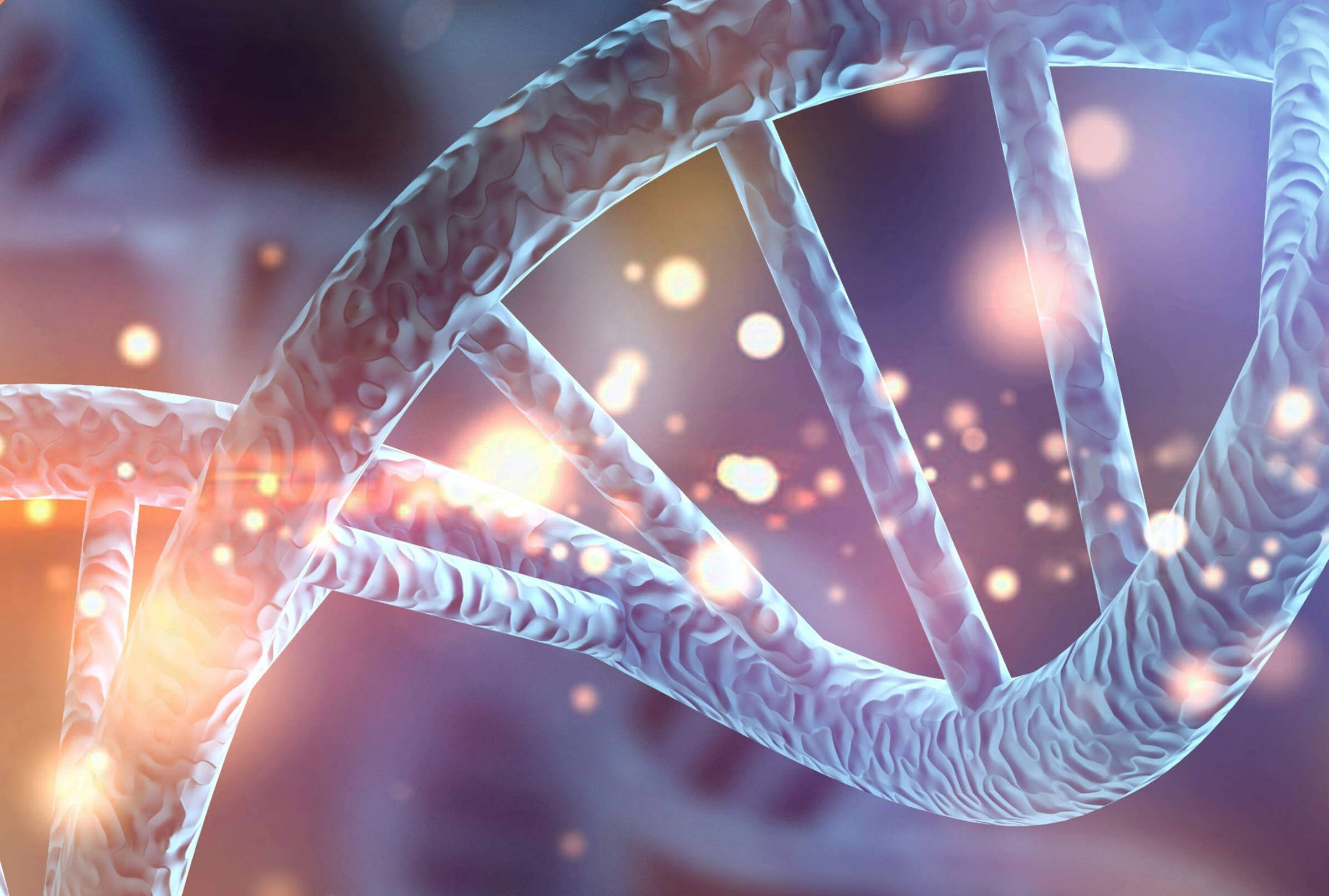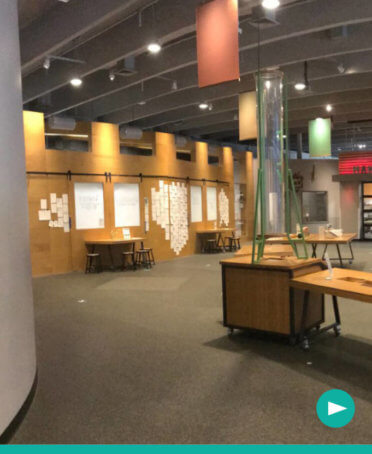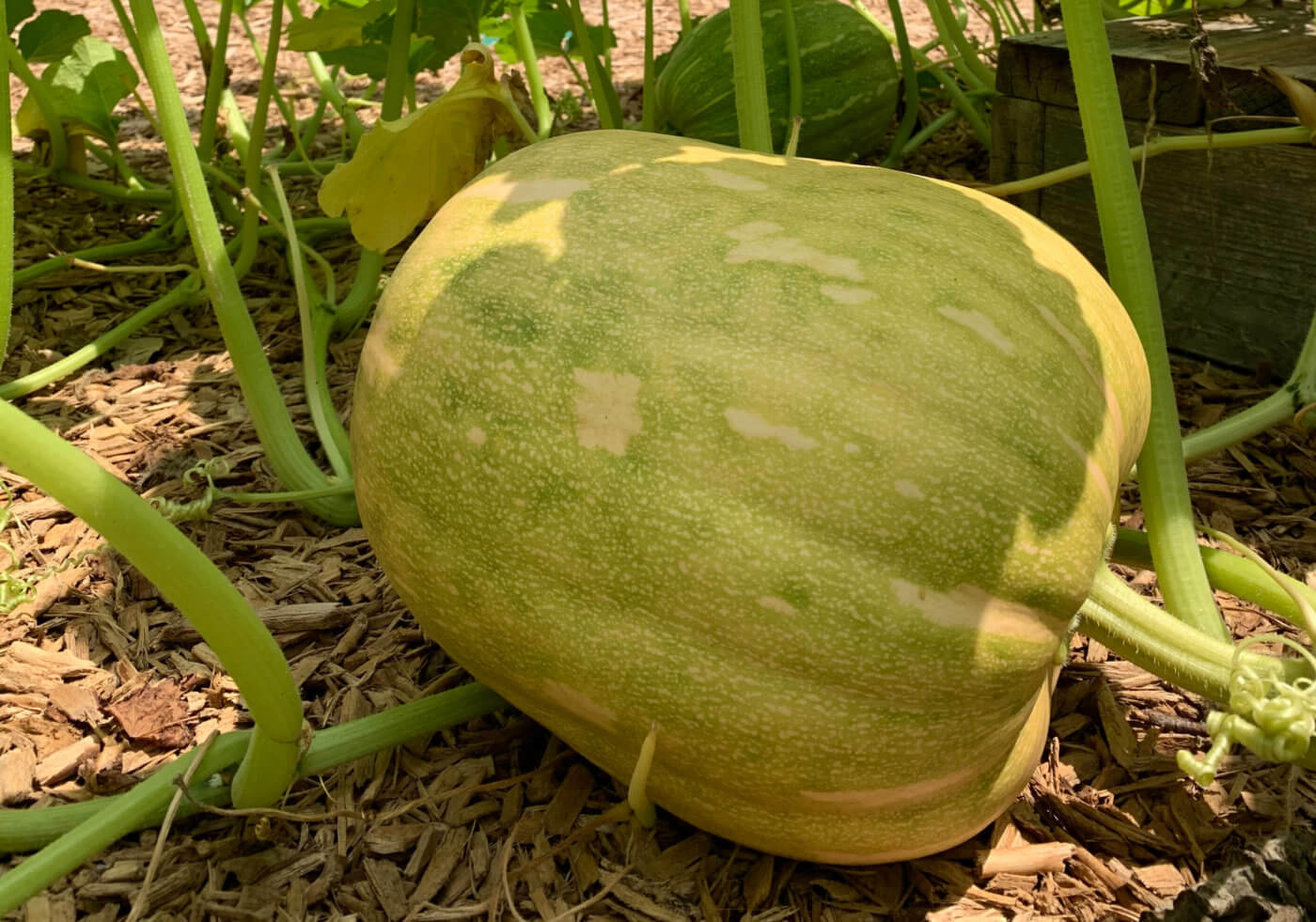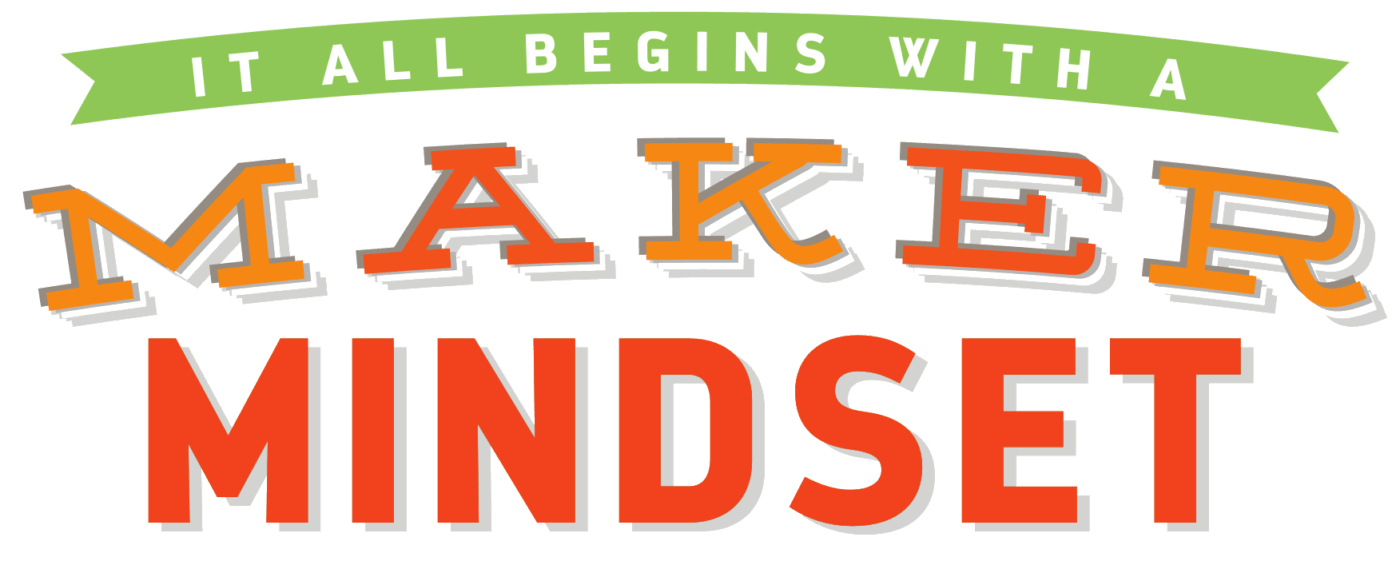
In our GROW Gallery, Hannah Reinhart, GROW plant and animal Manager, introduced a new fruit to the Science Center grounds – Dickinson pumpkins. It does not look like your traditional orange pumpkin, which often leads people to question whether it’s a squash or a pumpkin. To “squash” this debate, just know that a pumpkin has no botanical meaning and, in fact, all pumpkins are actually squash.
 Watch a time lapse video of the giant pumpkin growing at the Science Center.
Watch a time lapse video of the giant pumpkin growing at the Science Center.Why is this specific pumpkin so important? Well, it’s what makes pumpkin pies so good. 100% of Dickinson pumpkins go into Libby’s canned pumpkin and 80% of those Dickinson pumpkins are grown right next door in Illinois. This is not a surprise as Illinois is the largest producer of pumpkins in the United States. Farmers in Illinois also grow many of the ornamental pumpkins you see during fall.
Creating a New Makerspace Experience
Our Makerspace Gallery recently had a makeover and may look a little different than you are used to. The changes came about to comply with social distancing requirements and to give our guests a new way to interact with the space. We interviewed Trent Smith, manager of the Makerspace gallery, to get his perspective on the Makerspace updates.
In one sentence, describe what Makerspace is.
In Makerspace, we challenge people to think outside of the box and pull them out of their comfort zone. I know you asked for one sentence, but we really practice what we preach. We did a DIY abacus and sums project a few years ago, and I am so bad at math, but approaching it with the Maker philosophy made it a better experience.
Why is a Makerspace important, and how does it help guests get interested in science?
In its simplest form, Makerspace challenges guests to create something that does not typically have a specific set of directions. We go as broad as stop motion animation to building with cardboard. These programs are scalable and very accessible. This adaptability put us in the position to provide a gateway into STEAM education.
How is Makerspace adapting to the COVID-19 pandemic?
We designed programming that fit the Science Center’s new operations. We want to do more than keep a safe space; we want to make sure we are till engaging the public.
How is this new version of Makerspace different?
We are simply encouraging guests to look and draw from our collection, so we can have a safe and tactile experience. Lyn, one of our educators in Makerspace, is one of the most talented educators and makers I have ever worked with. She makes switching and adapting very easy. Furthermore, she did a lot of extra work to get the space organized while I was working from home with my nine-month-old son. She and our mutual supervisor did the heavy lifting.
Support from members and donors plays an important part in helping galleries like Makerspace continue to evolve. What are some things you’d like (or need) to do with Makerspace down the road?
We would love to broaden our program offerings and really revamp the interactives. Currently, they all center on aeronautics. We have a bank of ideas that we would like to see implemented on a larger scale. Also, we would enjoy doing a community sourced project and installation. But that would be a bit further down the road.

Try to watch and observe on your own. Show us what you come up with.







